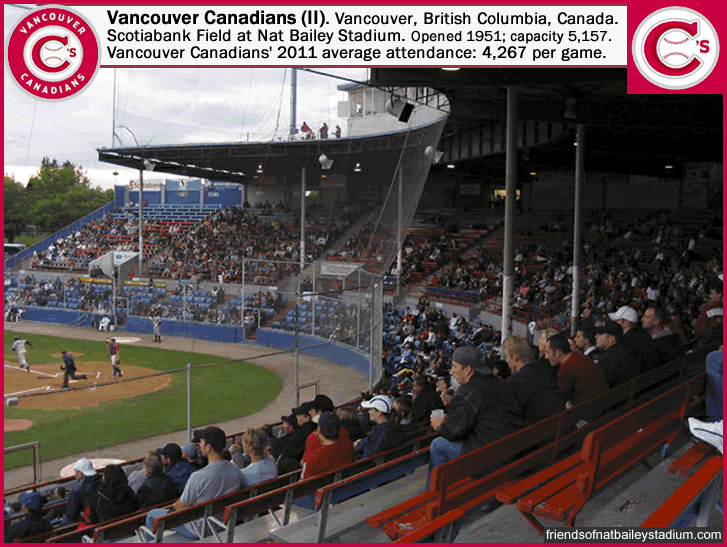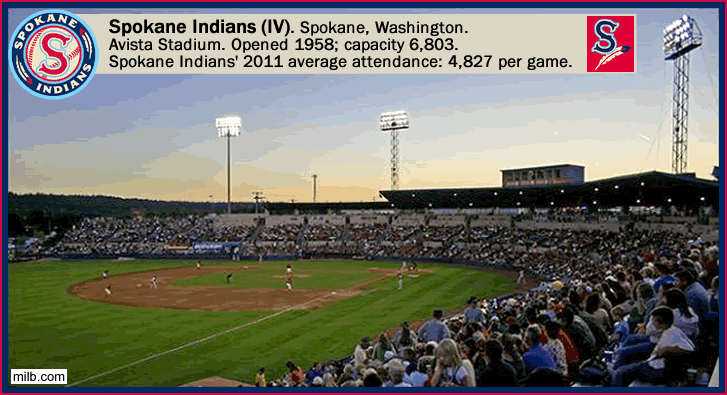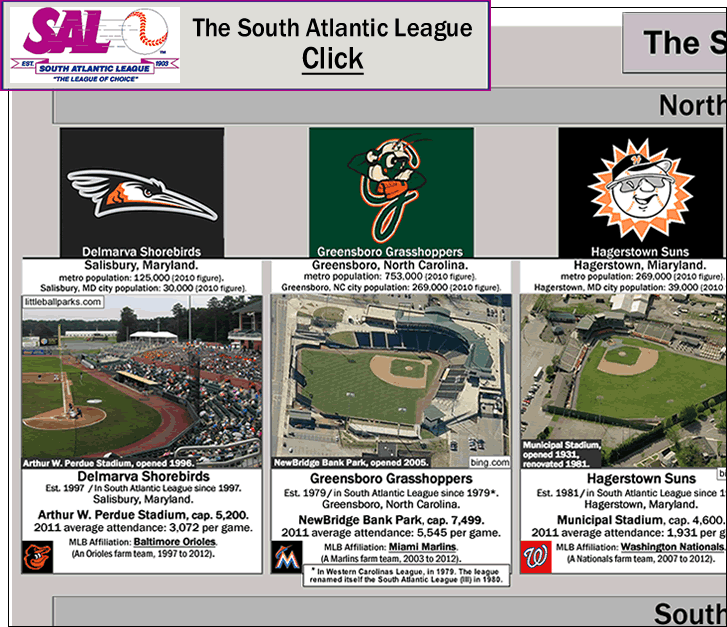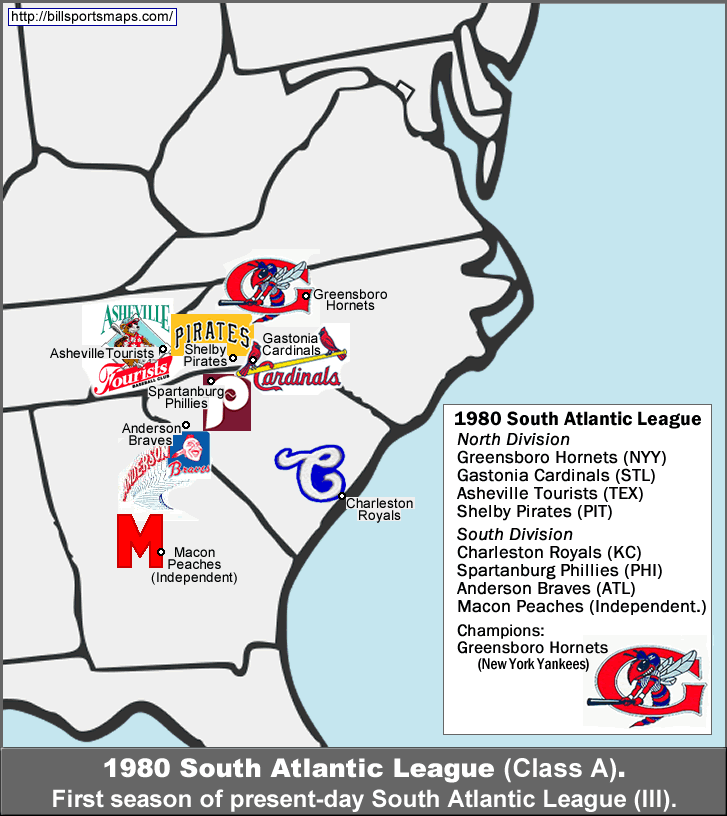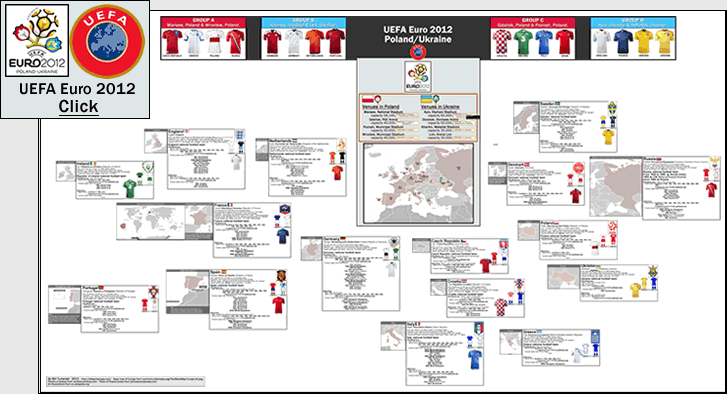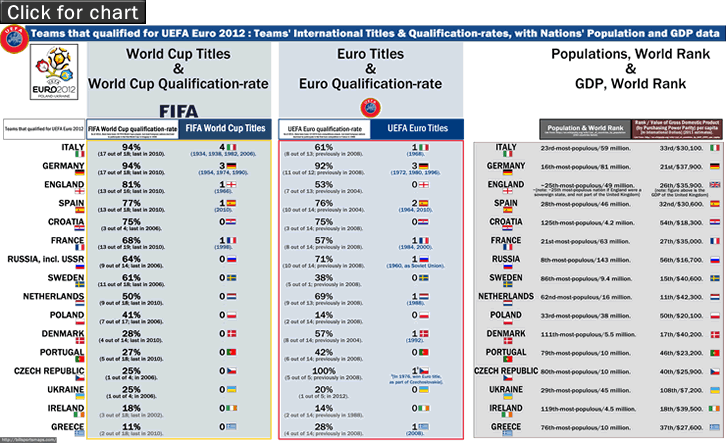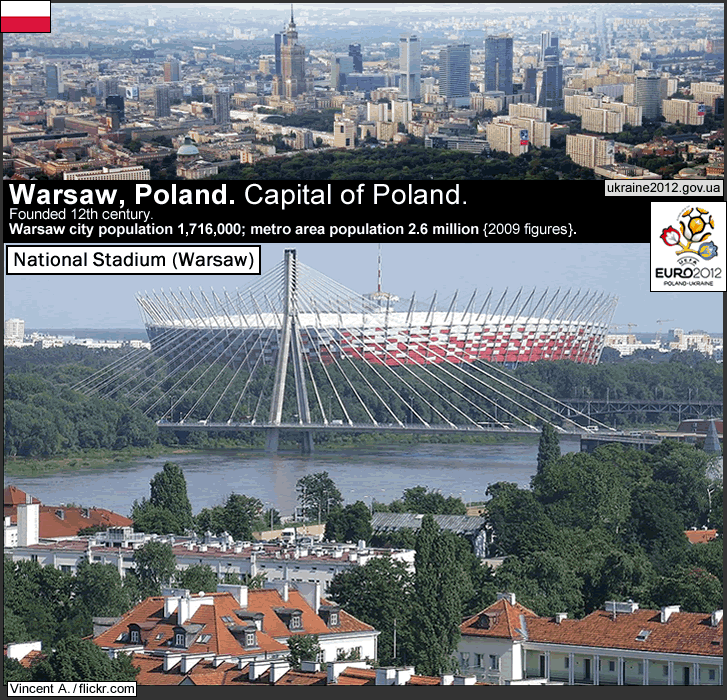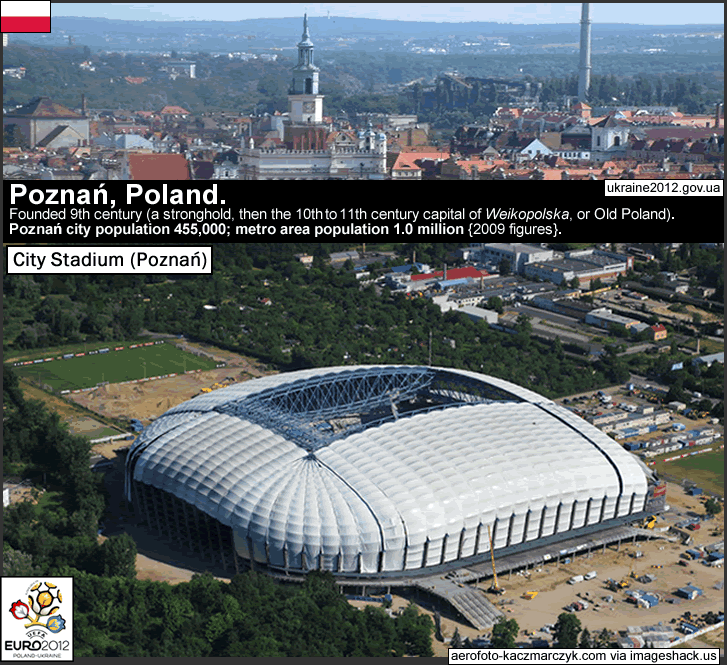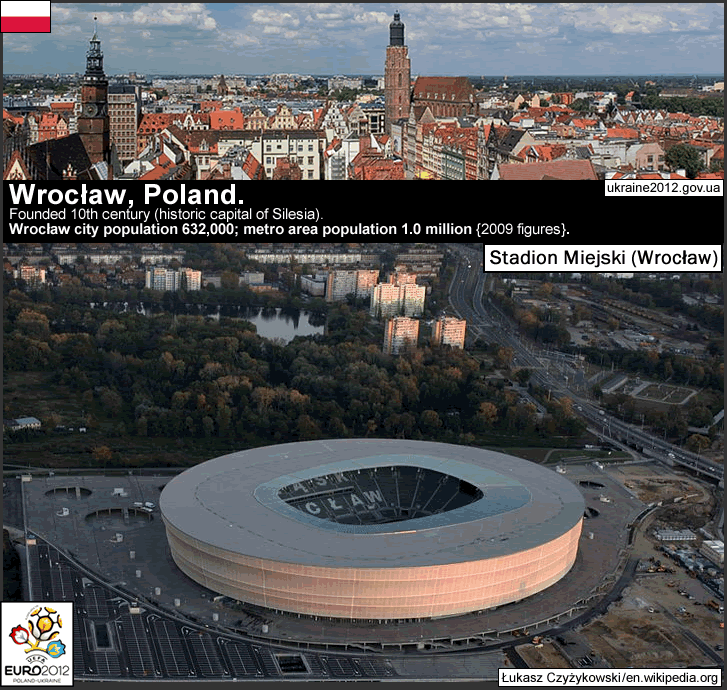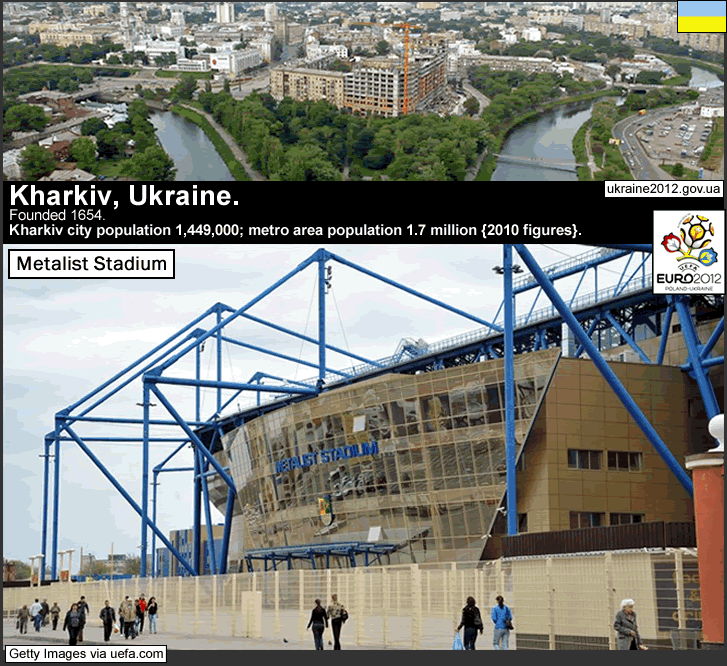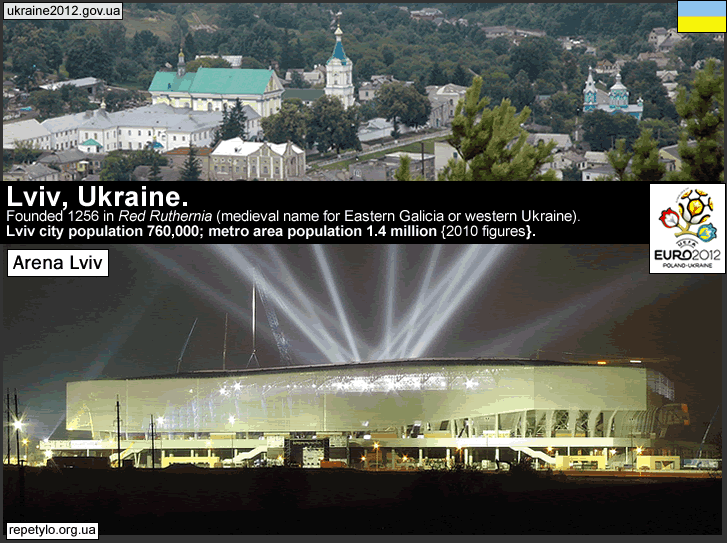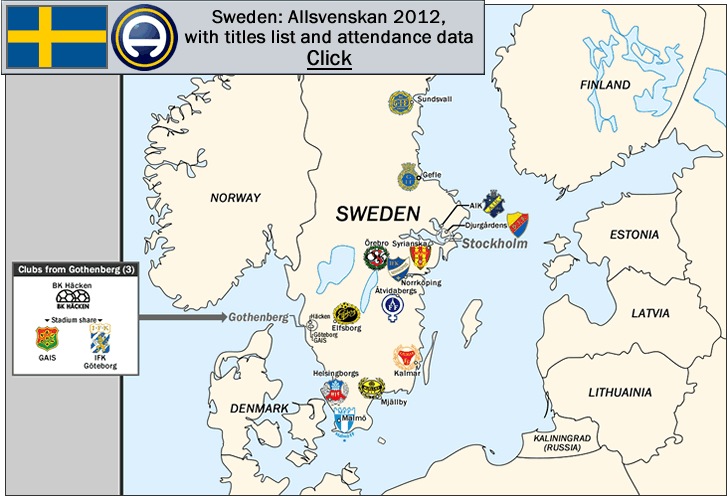
Swedish Allsvenskan 2012 Location-map, with titles list and attendance data
…
…
‘Allsvenskan – fixtures, results, table‘ (Soccerway.com).
On Saturday, 30 June 2012, Sweden’s Allsvenskan resumes playing their 2012 season after a 7-week break for UEFA Euro 2012.
The Swedish first division football league is called Allsvenskan, which in English translates as The All-Swedish. It was established in 1924. For the first 34 seasons (1924-25 to 1957-58), the league played a standard early autumn to spring season, with a winter break, and was only contested among clubs from the south of Sweden up to Stockholm, with clubs from north of Stockholm not inviterd to participate due to cold temperatures there.
The Swedish top flight is one of, if not the, most-wide-open football leagues in the world. I say that because the title has gone to a different club each season for the last 8 years. 2011 title-winner was 7-time Allsvenskan champions Helsingborgs IF. In 2010, Malmö won it. In 2009, AIK won it. In 2008, Kalmar won it (for the first time). In 2007, Göteborg won it. In 2006, Elfsborg won it. In 2005, Djurgårdens won it.
Helsingborgs IF (who are commonly referred to as Helsingborg) are one of around 5 to 7 Swedish football clubs that can draw in double-figures. Helsingborg usually draws between 10 to 11 thousand (and Helsingborg drew 11,203 per game in the title-winning campaign in 2011). An aspect of Swedish top-flight football in terms of each club’s crowd size in any given season is that crowds are very contingent upon how well a club is doing that season, and crowds’ sizes can vary from year-to-year by several thousand. One of those clubs that can draw in the 10-thousand range – Hammarby IF, of Stockholm – has been stuck in the second division since 2010, and has seen their gates drop from the 11 to 13K range down to the 6 to 7 K range. Another club that is capable of drawing above 10K – Djurgardens, also of Stockholm – has seen crowds drop from the 12 to 13 K range to the 8 to 9 K range since they last won the title in 2005.
The 5 clubs who are currently [as of 2011 and 2012] able to draw above 10 thousand per game are listed below, in order of 2011 attendance rank…
AIK Fotboll, Råsunda Stadium -
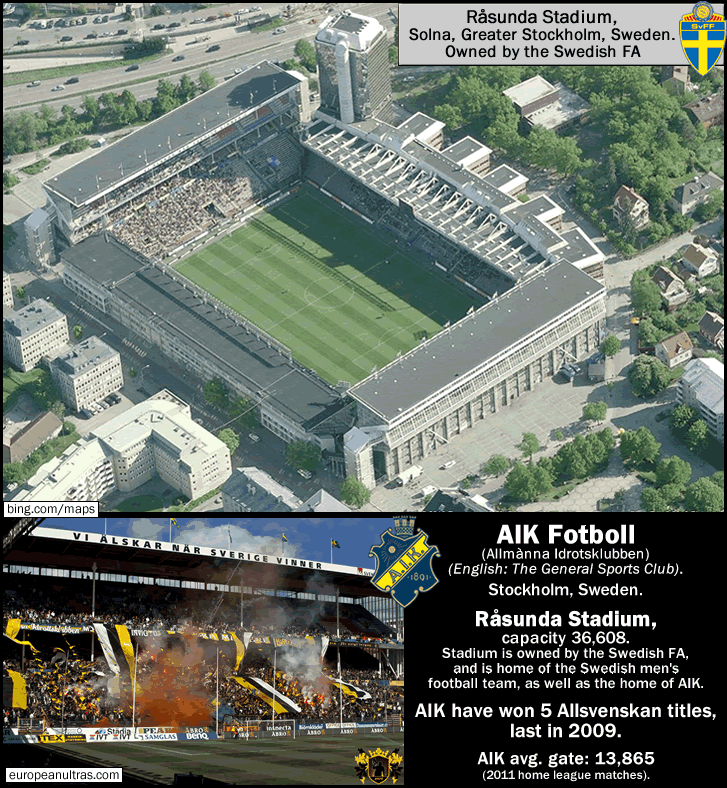
Image credit above – bing.com/maps/Bird’s Eye satellite view. europeanultras.com/category/ultras-photos/AIK Solna; http://www.europeanultras.com/.
AIK Fotboll are Stockholm’s biggest club, and are the top-drawing Swedish club most seasons, and drew an Allsvenskan-best 13,865 per game in 2011. AIK’s full name is Allmànna Idrotsklubben (which in English translates as ‘The General Sports Club’, or ‘The Public Sports Club’). AIK can draw at or close to 20 thousand per game, as they did in 2009, when they last won the Allsvenskan title. Being the biggest club from the biggest city in Sweden, AIK have sort of under-achieved, having only won 5 Allsvenskan titles. AIK wear black jerseys with yellow trim, and their distinctive crest features a stylized-shield-with-sunburst–and-castle-motif in navy blue, yellow, and dull gold. AIK play at Råsunda Stadium in Solna, which is a municipality in Stockholm County bordering Stockholm City Centre (and is a 10-minute metro ride from central Stockholm). Stockholm, Sweden’s capital and largest city, has a metro population of around 2.09 million {2011 figure}. Råsunda Stadium is owned by the Swedish FA, and is one of the homes of the Swedeish men’s national football team. AIK are the Swedish club with the most seasons spent in the first division, with 83 seasons {see this chart from en.wikipedia.org/, ‘Allsvenskan/Clubs‘}. AIK did have a recent relegation, in 2004, but they bounced straight back in 2005.
…
Malmö FF, Swedbank Stadion -
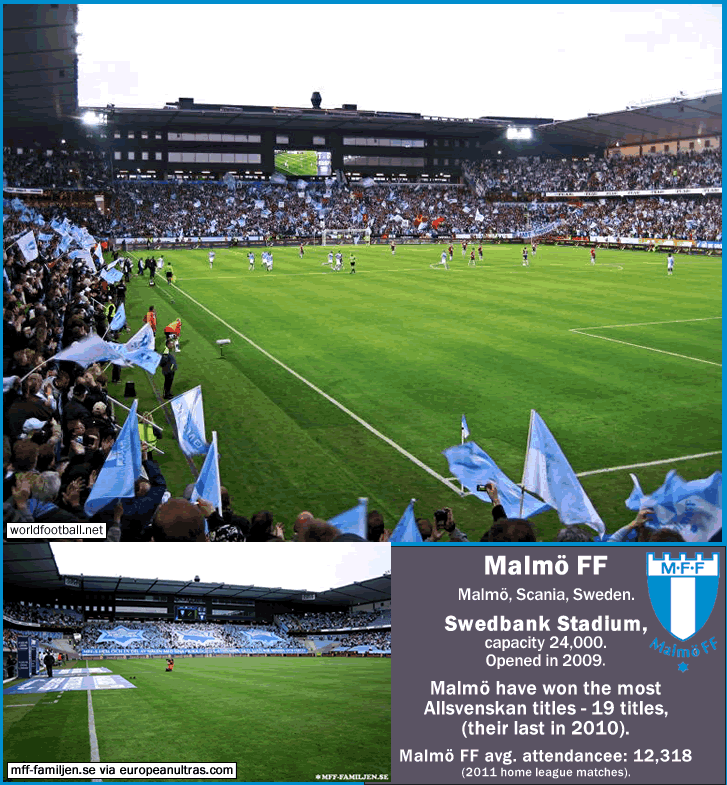
Photo credits above – worldfootball.net/swedbank-stadion-malmo. mff-familjen.se via europeanultras.com/2011/04/sweden-2
2nd-best drawing Swedish club in 2011 were Malmö FF, a club from Scania, which is the southern-most province of Sweden. Malmö drew 12,318 per game in 2011. Malmö can pull in 15K in good years, as they did in 2010, when they last won the title. Malmö FF are from Malmö, which is the third-largest city in Sweden and has a population of around 658,000 {2010 figure}. Malmö FF, who sport pale blue jerseys, are the most-successful Swedish club in the modern era, having won the Allsvenskan title 19 times. Malmö FF is where AC Milan FW Zlatan Ibrahimović got his start (in 1999-2001). Makmö have a nice new stadium, Swedbank Stadion, which has a 24,000 capacity, and opened in 2009. Malmö are the only Swedish club to have ever made it to a European Champions Cup final, in 1979, under English manager Bob Houghton, but they lost 1-0 to Brian Clough’s Nottingham Forest in Munich.
…
Helsingborgs IF, Olympia -

Photo credits above – idrottsmuseum.org/olympia. David Castor at en.wikipedia.org/wiki/File:Olympia_Helsingborg.jpg. svenskfotboll.de.
europeanultras.com; europeanultras.com.
Reigning champions Helsingborgs IF drew third-best last year at 11.2K. Helsingborgs wear red jerseys and blue trim. The IF in the club’s name stands for Idrottsförening, which translates to English as ‘Sports Club’. Helsingborgs IF are from Helsingborg, a small city of around 97,000 {2010 figure} on the north-west coast of the Baltic Sea (and a short ferry-ride away from Denmark, which can be seen in the far background of the aerial photo of the coast-line of the city of Helsingborg, above). After Malmö, Helsinborg is the second-largest city in the province of Scania. Perhaps the most famous player who played for Helsingborg was former Celtic and Barcelona FW Henrik Larsson, who was born in Helsingborg. Larsson, who scored 434 goals in his pro career, had two stints for Helsingborg, from 1992-93 and from 2006-09. Helsingborg plays at the attractive and compact Olympia, capacity 17,200.
…
IFK Göteborg, Gamla Ullevi -
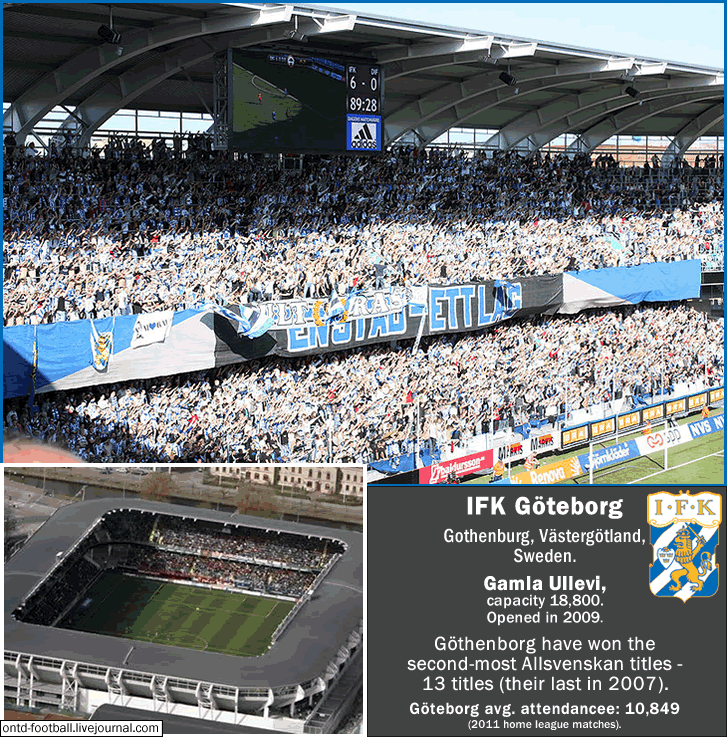
Photo credits above – Simon Axelsson at en.wikipedia.org. ontd-football.livejournal.com.
Fourth-best drawing in 2011 were IFK Göteborg, the biggest club from Sweden’s second-largest city, Gothenburg. IFK Göteborg are the second-most successful club from Sweden in the modern era, with 13 Allsvenskan titles, their last in 2007. Göteborg wear royal blue-and-white vertically-striped jerseys. Gothenburg is in the south-west of the country on the west coast, on the Kattegat, which is a sea that is between the North Sea and the Baltic Sea. Gothenburg has a metro population of around 938,000 {2011 figure}. It might surprise you that, currently, Greater Gothenburg has more clubs in the top flight than Greater Stockholm – 3 in the Gothenburg metro area and just 2 currently in the Stockholm metro area. Göteborg won the UEFA Cup title twice – in 1982 and 1987. That first UEFA Cup title was won with a young Sven Göran-Erikson as manager – he turned the then-part-time-professionals at Göteborg into an efficient counter-attacking side. Göteborg have played the second-most seasons in top flight Swedish football, with 79, and have played the most Allsvenskan seasons consecutive -36 seasons consecutive (since 1977). Göteborg share their stadium (which is owned by the city of Gothenbueg) with another top-flight club, the 4-time title-winners GAIS (though GAIS’ last championship was in 1954), as well as a 3rd division club, Orgryte, who also have won titles, 2 Allsvenskan titles (though Orgryte’s last title was in 1928).
.
IF Elfsborg, Borås Arena -

Photo credits above – europeanultras.com/2011/04/sweden. Adrian Pierre Pihl Spahiu at en.wikipedia.org. sv-se.facebook.com/ifelfsborg.
The fifth-best-drawing club in Sweden in 2011 is current [June 2012] leaders IF Elfsborg, who are from Borås, a small city 56 km. (35 miles) east of Gothenburg. Borås has a population of just 66,000 or so {2010 figure}, yet support 5-time-champions Elfsborg very well – Elfsborg drew 10,029 per game in 2011. That means that last year, Elfsborg drew the equivalent of 15% of the population of the town of Borås. Similar to the colors of the coat of arms of the province of Västergötland, Elsborg wear yellow with black trim. Elfsborg are tied with AIK for the 6th-most Allsvenskan titles – with 5. Elfsborg’s last title was won in 2006. Currently [the last week of June, 2012], Elfsborg sit at the top of the 2012 Allsvenskan, after 12 of 30 matches played, leading Malmö by 8 points. Elfsborg’s stadium is the 17,800-capacity Borås Arena (which they share with a third division cub called Norrby IF). Borås Arena is a smart looking little ground, as you can see above. Not many municipalities in the world that are smaller than 70,000 population can regularly put over 10 thousand per game into a new 17,000-capacity stadium that is home to a club with close to a half dozen national titles.
Actually, there are exactly zero other clubs on the face of the planet that: 1). play in a 1st division pro association football league; 2). can regularly draw 10 thousand; 3). have won over 5 national titles; and 4). that are located in a city which has less than 100,000 inhabitants. Think about it. That is some serious fan support there; and that is without a doubt a club that has got its act together. Forza Elfsborg forever!
_
Thanks to the contributors to the pages at en.wikipedia.org, ‘Allsvenskan‘.
Thanks to E-F-S site for attendance figures.


